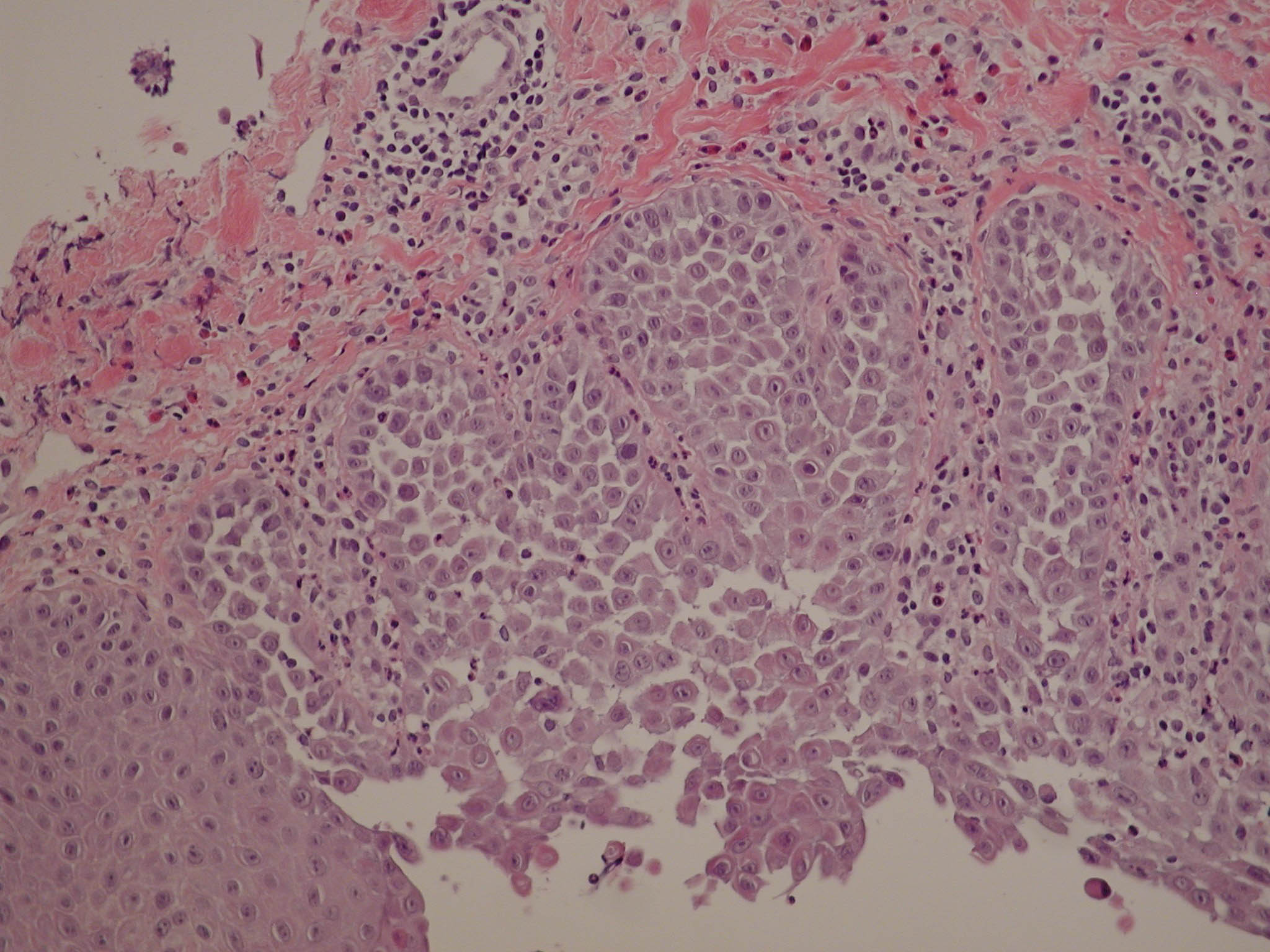J Biol Chem. 2002 Feb 22;277(8):6422-7. Epub 2001 Dec 6.
Source
Department of Physiology, Johns Hopkins University School of Medicine, Baltimore, Maryland 21205, USA.
Abstract
The discovery and biochemical characterization of the secretory pathway Ca(2+)-ATPase, PMR1, in Saccharomyces cerevisiae, has paved the way for identification of PMR1 homologues in many species including rat, Caenorhabditis elegans, and Homo sapiens. In yeast, PMR1 has been shown to function as a high affinity Ca(2+)/Mn(2+) pump and has been localized to the Golgi compartment where it is important for protein sorting, processing, and glycosylation. However, little is known about PMR1 homologues in higher organisms. Loss of one functional allele of the human gene, hSPCA1, has been linked to Hailey-Hailey disease, characterized by skin ulceration and improper keratinocyte adhesion. We demonstrate that expression of hSPCA1 in yeast fully complements pmr1 phenotypes of hypersensitivity to Ca(2+) chelators and Mn(2+) toxicity. Similar to PMR1, epitope-tagged hSPCA1 also resides in the Golgi when expressed in yeast or in chinese hamster ovary cells. (45)Ca(2+) transport by hSPCA1 into isolated yeast Golgi vesicles shows an apparent Ca(2+) affinity of 0.26 microm, is inhibitable by Mn(2+), but is thapsigargin-insensitive. In contrast, heterologous expression of vertebrate sarcoplasmic reticulum and plasma membrane Ca(2+)-ATPases in yeast complement the Ca(2+)- but not Mn(2+)-related phenotypes of the pmr1-null strain, suggesting that high affinity Mn(2+) transport is a unique feature of the secretory pathway Ca(2+)-ATPases.
